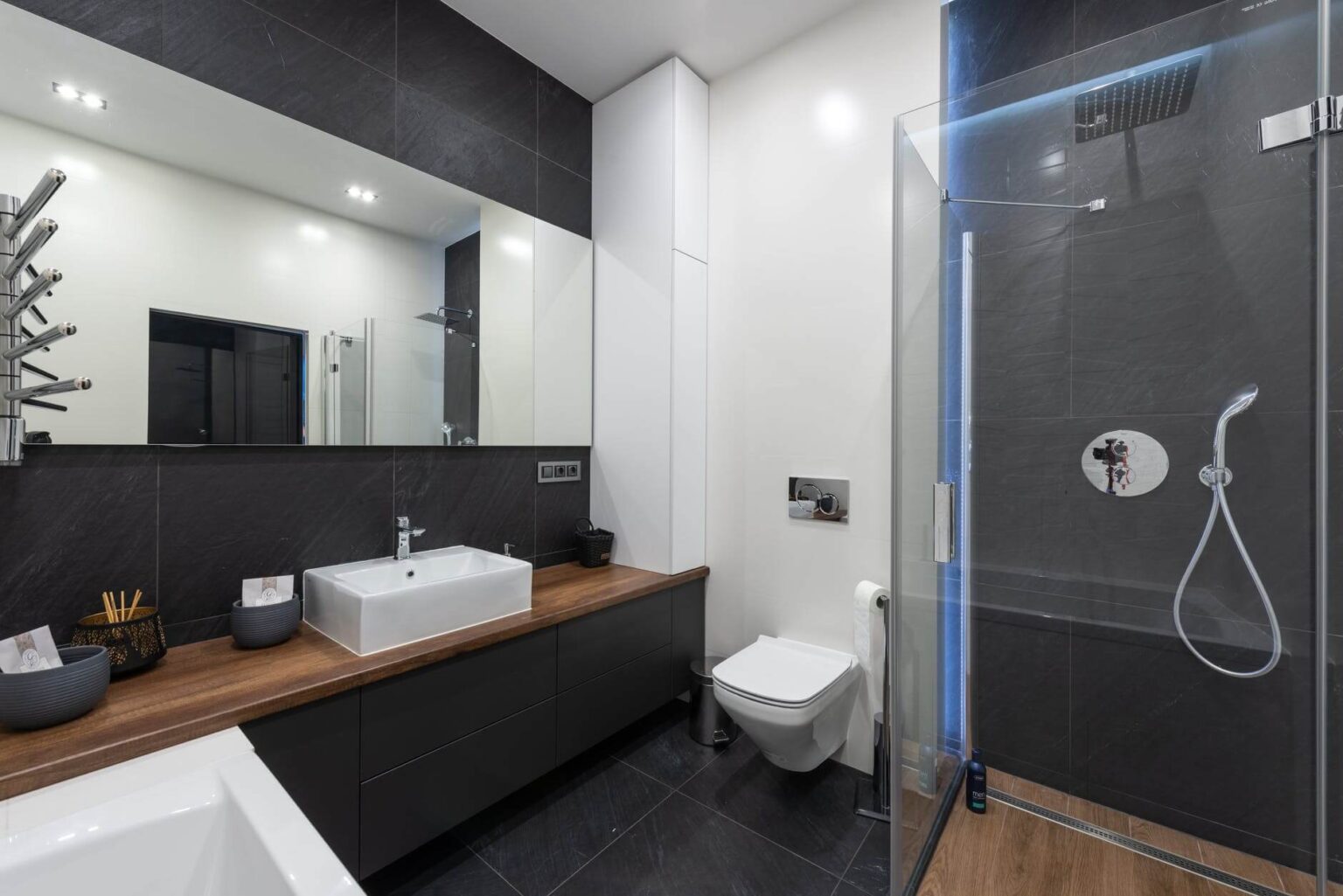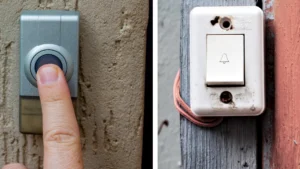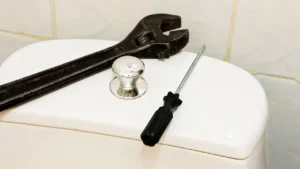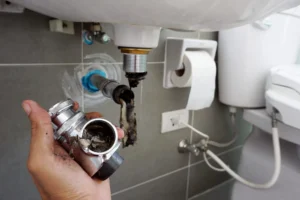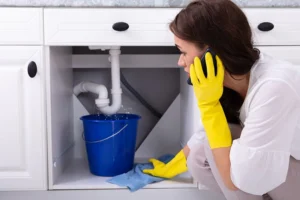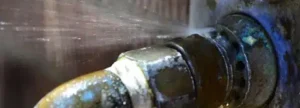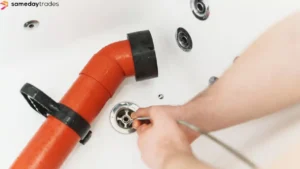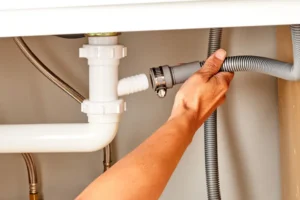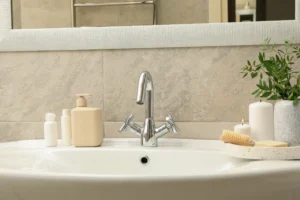Is your hot water too warm when it comes out of the tap? Many homeowners find that at some point, their water temperature is too high. Luckily, resolving the situation is straightforward and fast. Here, we take a look at some of the occasions where you might wish to reduce your water temperature, the five steps needed to complete the procedure and some tips and tricks to ensure you end up with the temperature that’s going to be best for you and your family.
Why might you wish to reduce your hot water system temperature?
There are many different reasons why you might decide that your current hot water temperature isn’t appropriate. Some of these include:
Safety reasons – Although modern hot water heating systems incorporate a cut-off device so that the water can’t become hot enough to cause burns, at the top of the thermostat’s range, the water may still feel uncomfortably hot to children or other vulnerable groups. Reducing the temperature creates a more comfortable experience for people who may regularly use hot water. Particularly if you have children who are learning to wash their hands regularly as part of a basic hygiene routine, hot water needs to be warm, but not uncomfortably so.
Energy-saving – Obviously, the higher your thermostat is set, the more fuel it’s going to take to maintain your water at that temperature. A thermostat that’s set higher than you need will increase your energy bills and is also damaging to the environment. Even lowering the temperature of your hot water by a few degrees will result in a noticeable drop in your fuel consumption.
Change of season – During the warmer months, some people prefer to drop their hot water temperature a few degrees. Conversely, when the thermometer starts to plummet, a slight increase in hot water temperature can provide a pleasant, warming contrast to the cold.
Alterations in lifestyle or household composition – Smaller children, for example, or the elderly, may need slightly cooler water to wash their hands with or to bathe. In shared accommodation, such as student housing, a lower temperature on the thermostat means lower energy bills. Landlords who include hot water in their rental fee can find that turning the hot water system temperature down a little can reduce the property’s energy bills, increasing rental profit.
Following installation or repair – In some cases, you may find that the default temperature setting isn’t suitable for your needs. In these circumstances, a timely adjustment results in hot water that’s just right for your household.
Five steps to adjust your hot water system temperature
1. Switch off the power to the water heater at the circuit breaker. Once this is done, it’s time to locate the thermostat. There are various types of thermostat – your heating system manual should contain a picture of the thermostat, as well as details of where it’s located. In combi boiler systems, you may find two thermostat controls: one for the hot water that flows to the taps and the other for the temperature of your radiators. In most cases, the thermostat will be on the main control unit.
2. Remove the thermostat cover if necessary. Some units will have the thermostat covered by a protective cover. This may need to be removed using a flat head screwdriver before the temperature can be altered. Other units will have an exposed thermostat that can be altered without the need to remove anything. Remember that the manual which accompanies your hot water system should clearly show you where your thermostat is and what, if anything, needs to be unscrewed or removed to reach it.
3. Alter the temperature of your thermostat to the desired level. For most households, this is somewhere between 60 and 65 degrees. If saving energy is a priority, it’s worth considering dropping the temperature a degree or two lower than this. The amount of energy you save for each degree drop in temperature varies depending on factors such as user habits and the type of hot water heating system. In general, a four- or five-degree drop will equate to a 3-5 per cent drop in your fuel bills.
4. If your thermostat had a cover or similar, replace it before switching the power back on. If you have a gas-powered hot water system, you may need to take it through its ignition sequence to restore function.
5. Wait! The change in your hot water’s temperature won’t be immediate. Hot water systems are heavily insulated, meaning it could take hours for any stored water to drop in temperature. A tankless hot water system will usually be more responsive to a change in thermostat settings, but it still won’t be immediate. Most of the time, you’ll need to wait a few hours before observing a noticeable increase or decrease in your hot water temperature.
Hot water system temperature tips and tricks
Following the above set of steps is normally enough for property occupants to end up with hot water that’s at a temperature that suits them. However, that’s not the end of the story! In some cases, there could be other factors at play that may have resulted in the temperature of your hot water altering.
Fluctuating hot water temperature
If you discover that your water becomes unpleasantly hot or cold regularly, it could be that there is a fault in your hot water system. In some cases, altering the thermostat may not result in the required temperature change. The temperature may also revert to its previous, unacceptable level. If you notice this type of thing happening repeatedly, it’s probably best to get the system checked over, as there is likely to be a fault in it somewhere.
Extremely hot water
Even if the thermostat is set to the maximum temperature, the hot water that comes out of your tap still shouldn’t be hot enough to cause severe scalds. If very hot water is coming out of the tap, it could be a sign that the safety mechanisms in your hot water system have failed. In these circumstances, seek professional attention for your system as a priority.
Cold water from the hot tap
When the thermostat temperature isn’t being applied to your hot water, there could be an issue with the heating system. This may be something as simple as the boiler not being switched on, or your hot water system may need a repair. If the basic troubleshooting procedures outlined in your hot water system manual fail to solve the issue, you will need to call in a plumber to resolve the problem.
Changes in the water flow rate
Occasionally, homeowners discover that the flow of water from their hot water tap begins to fluctuate following a reset of the thermostat. This is usually coincidental. If the flow doesn’t self-regulate after a few minutes, you could have a blockage, a leak or some other plumbing emergency.
In most cases, adjusting your hot water system temperature is a fast, simple process that’s easily within the capabilities of a homeowner. If you notice any problems with the process or discover that altering the thermostat doesn’t give you the results you’re looking for, it’s time to bring in the professionals!
Same Day Trades has an experienced, time-served plumber on hand to sort the problem out, quickly and for an affordable price. Get in touch with us today.

